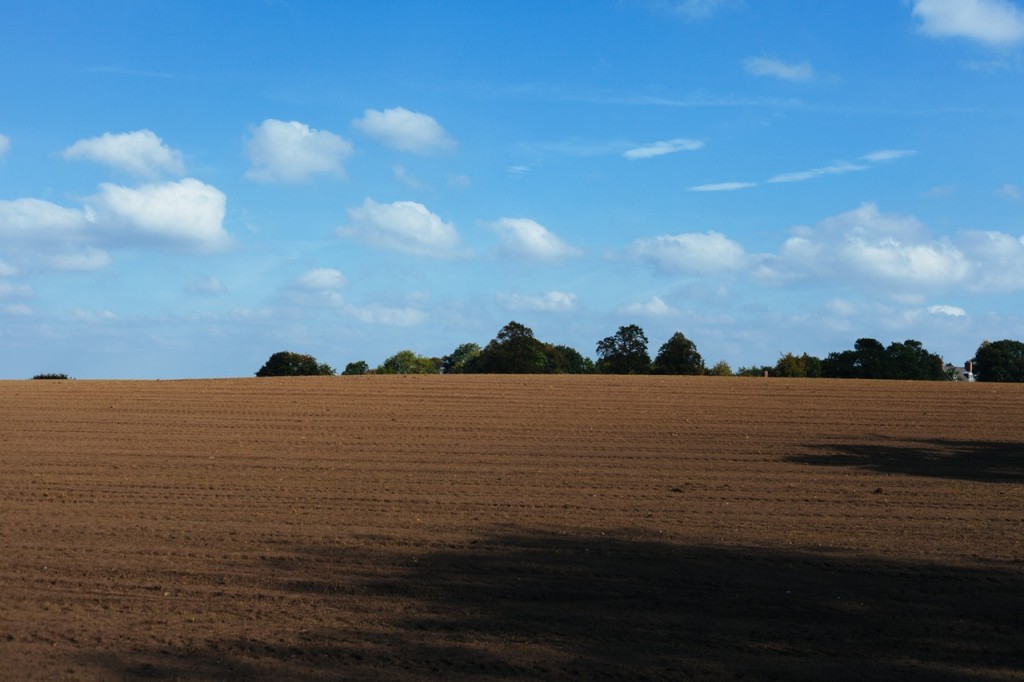What Is the Difference between Topsoil and Compost?

When it comes to planting our gardens, it can be difficult to know where to start. There are several different options when it comes to what to plant your seeds in, with different options suiting different scenarios. Whether you opt for topsoil or compost, they both provide nutrients to growing plants; however even though they share common traits, topsoil and compost are both different materials and have different uses in the garden. Here are a couple of areas to bare in mind when picking the right option for your project.
Function Topsoil encapsulates the plants that grow in your garden, providing nutrients, minerals, and micronutrients, and its structure helps to hold water and prevent soil loss through erosion. Composting is just one step in the process by which topsoil forms, breaking down dead organisms and waste products and returning the nutrients they contain to the soil. Compost is often added to gardens to improve the topsoil, increasing water and nutrient retention and restoring nutrients.
Long-Term or Short-Term Growth Depending on your project depends on what product you use. Topsoil and compost are both great options for your garden, however they both offer different effects. If you are planting a long-term garden or are laying new turf then nutrient rich topsoil is the best option for you. Compost should be used if you are looking to give your plants a nutrient boost, as the rich, dark matter will provide a great amount of nourishment for about 6 weeks once laid.
Overall, topsoil and compost both fulfil different goals, however they can be used in conjunction with each other for lasting results in your garden. Remember, topsoil is a great, nutrient rich base for your garden. Compost offers a nutrient rich boost to your plants whenever they need it.

